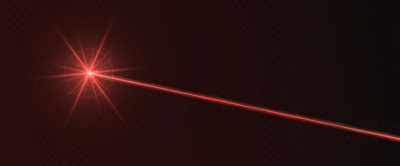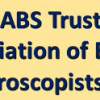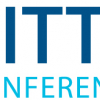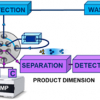
Scientists from Moscow, Russia are studying the dynamics of lithium plasma under laser-induced breakdown spectroscopy using a custom system made using 3DLINE code, a type of code used to model laser explosions to produce a source of radiation with specified properties (1). Their work was published in Spectrochimica Acta Part B: Atomic Spectroscopy (2).
Laser-induced breakdown spectroscopy (LIBS) is a popular technique for material analysis, consisting of a material surface being irradiated by a laser pulse, then becoming ionized so that the produced plasma emits radiation that is registered by a spectrometer.
This technique is used with different types of machines including tokamak reactors, which confine plasma using magnetic fields, allowing plasma to achieve conditions necessary for fusion (2). LIBS is actively tested on existing tokamaks, including those with lithium (Li)-covered surfaces, with different techniques used in analysis. One such technique is the Saha-Boltzmann equation, which can be used to determine both plasma parameters and the material composition. Applying this technique for interpreting LIBS data involves the assumption of local thermodynamic equilibrium (LTE) and plasma transparency for observed spectral lines.
The scientists created a hybrid model using different types of code, such as 3DLINE, to describe Li plasma formation, expansion, and radiation from a plasma plume. According to the scientists, “3DLINE uses more self-consistent model for liquid-plasma transition based on the equation of state produced by the code FEOS” (1). This led to the creation of a model with barely any free parameters, with an exception for laser pulse characteristics. To validate this approach, different LIBS experiments were performed with a large mass-monochromator device.
Calculations showed there can be easy means of violating transparency conditions for Li LIBS plasmas, which usually absorb up to 97% of 671 nm (Li I) of line radiation. As for other easily absorbed lines, such as 548 nm (Li II) and 610 nm (Li I) lines, remained less affected by radiation absorption. It was also noticed that sharper focusing of the laser beam onto the surface led to more transparent plasma. These findings, the scientists believe, can help future LIBS users when characterizing Li-coated surfaces.
References
(1) Krukovskiy, A. Y.; Novikov, V. G.; Tsygvintsev, I. P. 3DLINE code: numerical simulation of three-dimensional non-stationary radiation gas dynamical problems. https://keldysh.ru/papers/2013/prep2013_20.pdf (accessed 2023-11-29)
(2) Marenkov, E.D.; Tsygvintsev, I. P.; Kim, D. A.; Grushin, A. S.; Efimov, N. E.; Sinelnikov, D. N.; Gasparyan, Y. M. Dynamics of lithium plasma in laser-induced breakdown spectroscopy. Spectrochim. Acta Part B At. Spectrosc. 2023, 210, 106822. DOI: https://doi.org/10.1016/j.sab.2023.106822
(3) Office of Science. DOE Explains… Tokamaks. U.S. Department of Energy 2023. https://www.energy.gov/science/doe-explainstokamaks (accessed 2023-11-28)












